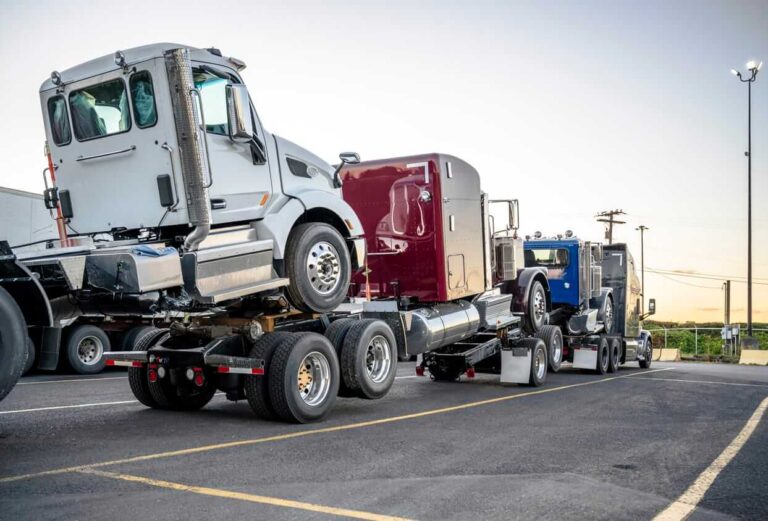Top 5 FHWA Inspection Failures — And How to Stay Ahead of Them
Failing a Federal Highway Administration (FHWA) inspection is more than a compliance headache — it puts your equipment, drivers, and customers at risk. It can also lead to costly repairs, red-tagged trailers, and serious DOT penalties.
The 5 Most Common FHWA Violations
- Inoperative Lighting Systems
- Brake lights, side markers, and turn signals are among the most frequently cited failures.
- Brake System Deficiencies
- Cracked linings, out-of-adjustment slack adjusters, and contaminated components.
- Tire Violations
- Tread depth below minimum, sidewall damage, or mismatched sizes.
- Suspension and Frame Cracks
- Structural integrity issues from corrosion or wear.
- Missing or Expired FHWA Inspection Decals
- Failing to document or display compliance properly.
Why Fleets Fall Behind
- Lack of a structured inspection calendar
- Deferred repairs due to scheduling conflicts
- Limited access to qualified trailer techs
- Poor recordkeeping or outdated inspection logs
How to Stay Inspection-Ready
- Adopt a Standardized Inspection Schedule
Don’t wait for DOT enforcement to find issues. Schedule inspections every 12 months minimum, with mid-cycle checkups for high-mileage trailers. - Partner With a Certified Inspection Provider
Qualified technicians ensure all FHWA criteria are met and logged correctly. - Digitize Inspection Records
Paper logs get lost or outdated. Digital reporting ensures you can prove compliance at any time. - Train Your Team to Spot Red Flags
Pre-trip walkarounds can catch major issues before trailers go out.
Build Safety, Compliance, and Trust
Well-maintained trailers reflect the quality of your operation. Staying ahead of FHWA inspections means safer roads, fewer fines, and more reliable freight performance.
Bottom Line: Compliance isn’t just a legal requirement — it’s a competitive advantage.
This article was prepared by the BAMCo team, experts in trailer fleet maintenance and cost auditing.



